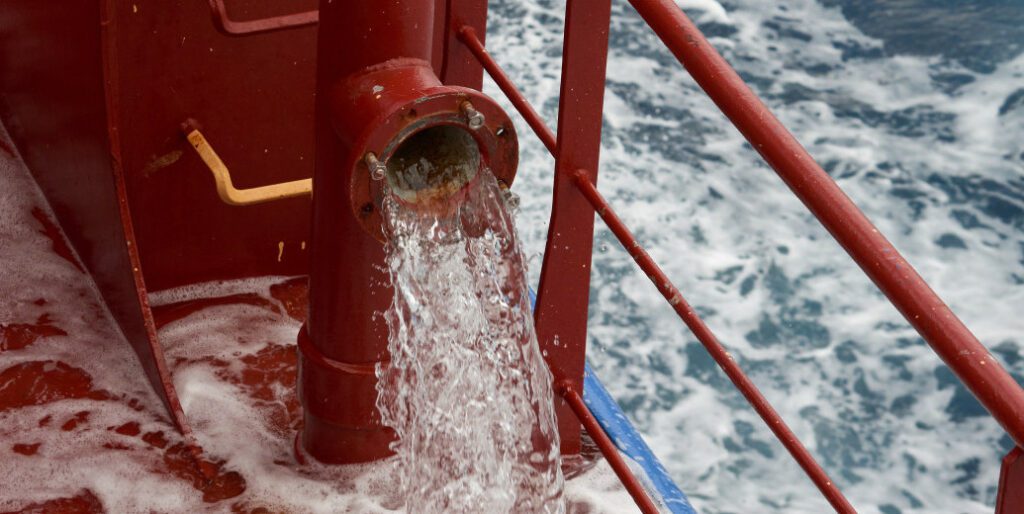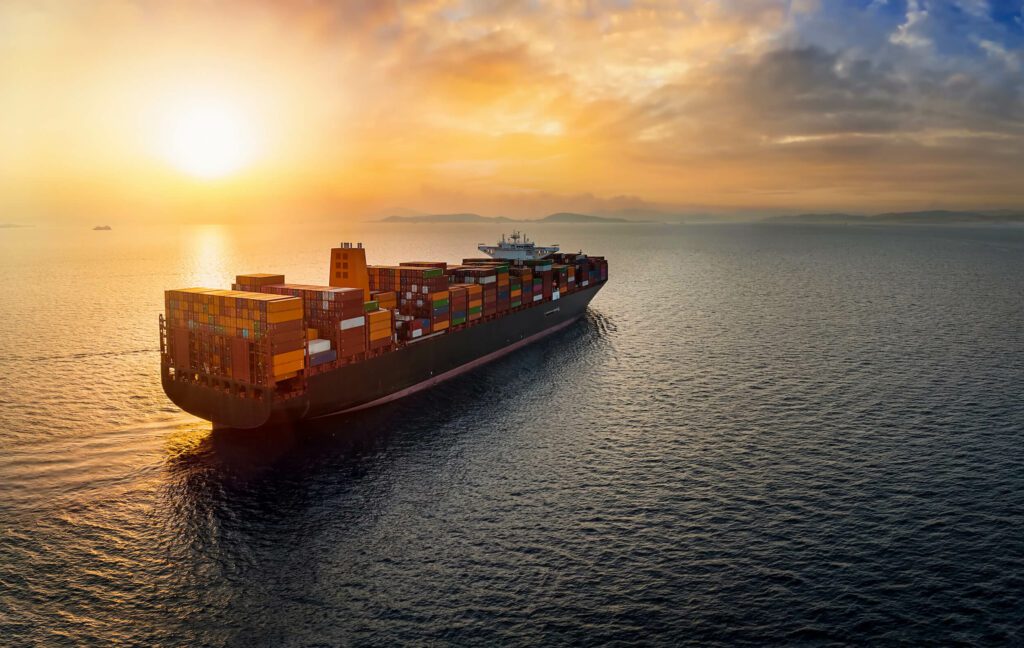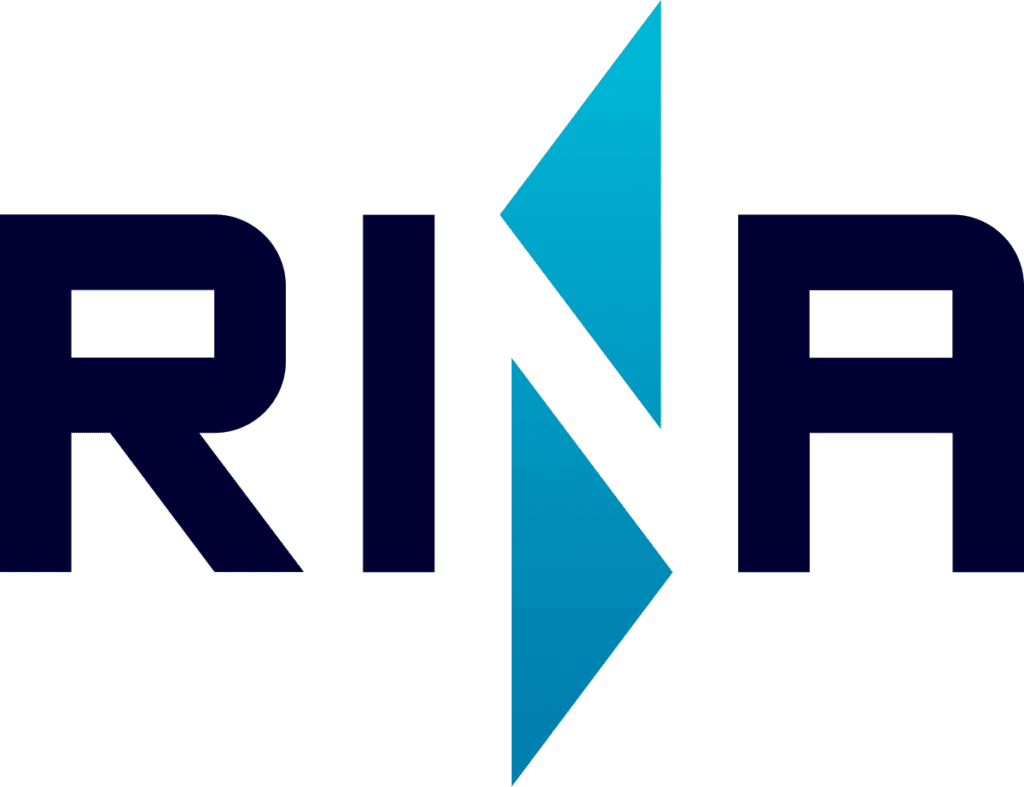What is Water Compliance Testing for Shipping?
The much-needed shift towards a more sustainable shipping industry is resulting in new environmental regulations. These focus mainly on reducing emissions: both via air (for instance EU-MRV, CII / EEXI), as well as water (Ballast Water Convention, VGP 2013, MEPC.340(77)). To add complexity, while some regulations are global and coming from the International Maritime Organization (IMO), others are driven by individual countries or regions, deviating from their global counterparts.
Vessel owners and vessel managers must not only make the investments required to comply with regulations such as CII / EEXI or the Ballast Water Management Convention, they are also in need of qualified service-providers to test or evaluate their vessels’ compliance. Vessel owners will need services for: D-2 Commissioning Testing, WHO drinking water regulation, VGP 2013 Monitoring as well as Scrubber Wash Water Testing, depending on the specifics of each vessel and its voyage schedule. But how to select the right one? Which factors other than price should you to consider?


Why is it important to consider more aspects than just pricing when choosing your Service-provider?
The answer is simple, it will save you costs, time and frustration, and avoids setting yourself up for a failed test. By looking at the service offering in an organized and structured manner we can split the service-process into 3 elements:
- Thorough preparation – before the service is rendered
- Compliant delivery – the delivery of the service itself, and
- Smooth completion – after-care, including invoicing and reporting.
Curious and have some questions?
How to choose the right Service Provider?
That’s simple: you are on the right path, you’re visiting their website! You can get your D2 Commissioning test now by simple sending us an e-mail or calling our main office in the Netherlands. In most cases, we have our trained and qualified inspectors on board of your good vessel one of the main shipping seaports around the globe. Even when you’re in a hurry, we can help you.
VPC, trusted all over the world
Control Union Vessel Performance Centre B.V. is part of Royal Peterson and Control Union. In addition, our Performance tooling unlocks the potential to improve fuel performance with tailormade solutions. For owners and operators we offer a range of solutions for your environmental compliance, including Water discharge monitoring (EPA VGP), commissioning testing (IMO BWM Convention) & system type approvals (USCG), CO2 emissions reporting & verification (EU MRV, IMO-DCS) as well as fuel compliance (IMO Sulphur Cap).
Our services combine our recognized expertise in marine biology with the strong execution by our own in-house network of local offices in over 150 main ports along all key trade routes. Our global program was designed in such way that your vessel’s operations are never interrupted – even when schedules slip or voyages are (re)routed. We provide VGP compliance without the fine print so commonly used in shipping, making our services easy to budget and with the highest levels of operational flexibility in the industry.
More about VPC or Peterson and Control Union?




